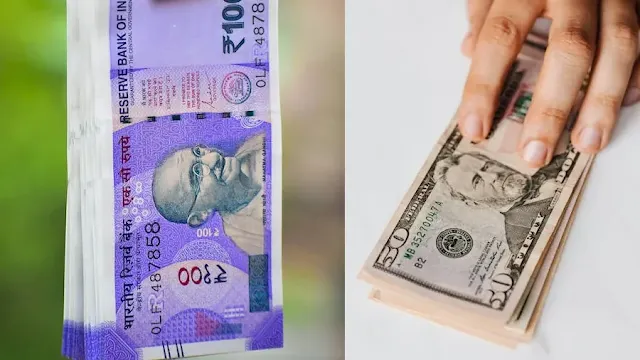Navigating the Nuances of Foreign Exchange and Import of Indian Currency
In an era where global travel and economic interactions are commonplace, understanding the regulations surrounding the import of currency, especially in a country with as vibrant an economy as India, is crucial for both travelers and residents alike. The rules governing the foreign exchange and import of Indian currency are designed to maintain the country's financial stability and comply with international standards. This article delves into the critical aspects of importing Indian currency and foreign exchange, providing a comprehensive guide for those looking to navigate these waters smoothly.
Import of Indian Currency
The Reserve Bank of India (RBI), which is the country's central banking institution, regulates the import of Indian Rupees (INR) by individuals. The rules are relatively straightforward but must be adhered to strictly to avoid legal complications.
For Indian Residents and Non-Residents: The current regulations permit both Indian residents and non-residents to bring into India Indian currency notes up to ₹25,000 per person. This allowance provides flexibility for travelers and returning residents to have immediate access to local currency upon arrival.
Declaration: While the import of currency up to the permitted limit does not require declaration, amounts exceeding the threshold must be declared to the customs authorities upon arrival. It's important to note that failure to comply with these regulations can lead to penalties and confiscation of the excess currency.
Foreign Exchange Regulations
The import of foreign currency into India is subject to the guidelines established by the RBI under the Foreign Exchange Management Act (FEMA), 1999. These regulations are more liberal, allowing for the easier movement of foreign currency across borders, albeit with some stipulations.
Limits on Foreign Currency: There is no cap on the amount of foreign currency or travelers' cheques a person can bring into India. However, amounts exceeding USD 5,000 (or its equivalent in another currency) in cash, or USD 10,000 (or its equivalent) in cash and travelers' cheques combined, must be declared to the customs authorities using the Currency Declaration Form (CDF).
Utilization of Foreign Currency: Travelers can use the foreign currency brought into India for various purposes, including travel expenses, and can also deposit it in Foreign Currency Non-Resident (FCNR) accounts or convert it into INR at authorized currency exchange centers.
Practical Tips for Carrying Currency into India
Stay Within Limits: Ensure you are carrying currency within the prescribed limits to avoid unnecessary hassle at customs.
Keep Documentation Handy: If you're carrying an amount that requires declaration, keep relevant documentation such as currency exchange receipts ready for verification.
Use Authorized Channels: For converting foreign currency into INR, always use authorized banks or currency exchange centers to ensure compliance with FEMA regulations and to get the best exchange rates.
Understand Currency Needs: While carrying some amount of INR is convenient for immediate expenses upon arrival, utilizing digital payment options or international credit/debit cards can reduce the need to carry large amounts of cash.
The regulations governing the import of Indian currency and foreign exchange are designed to balance the need for economic stability with the practicalities of international travel and commerce. By adhering to these rules, travelers and residents can ensure that their entry into India is smooth and free from financial legalities. As global dynamics and regulations evolve, staying informed about the latest guidelines from the Reserve Bank of India and the Indian Customs Department remains paramount for anyone looking to navigate the complexities of currency import into India successfully.













